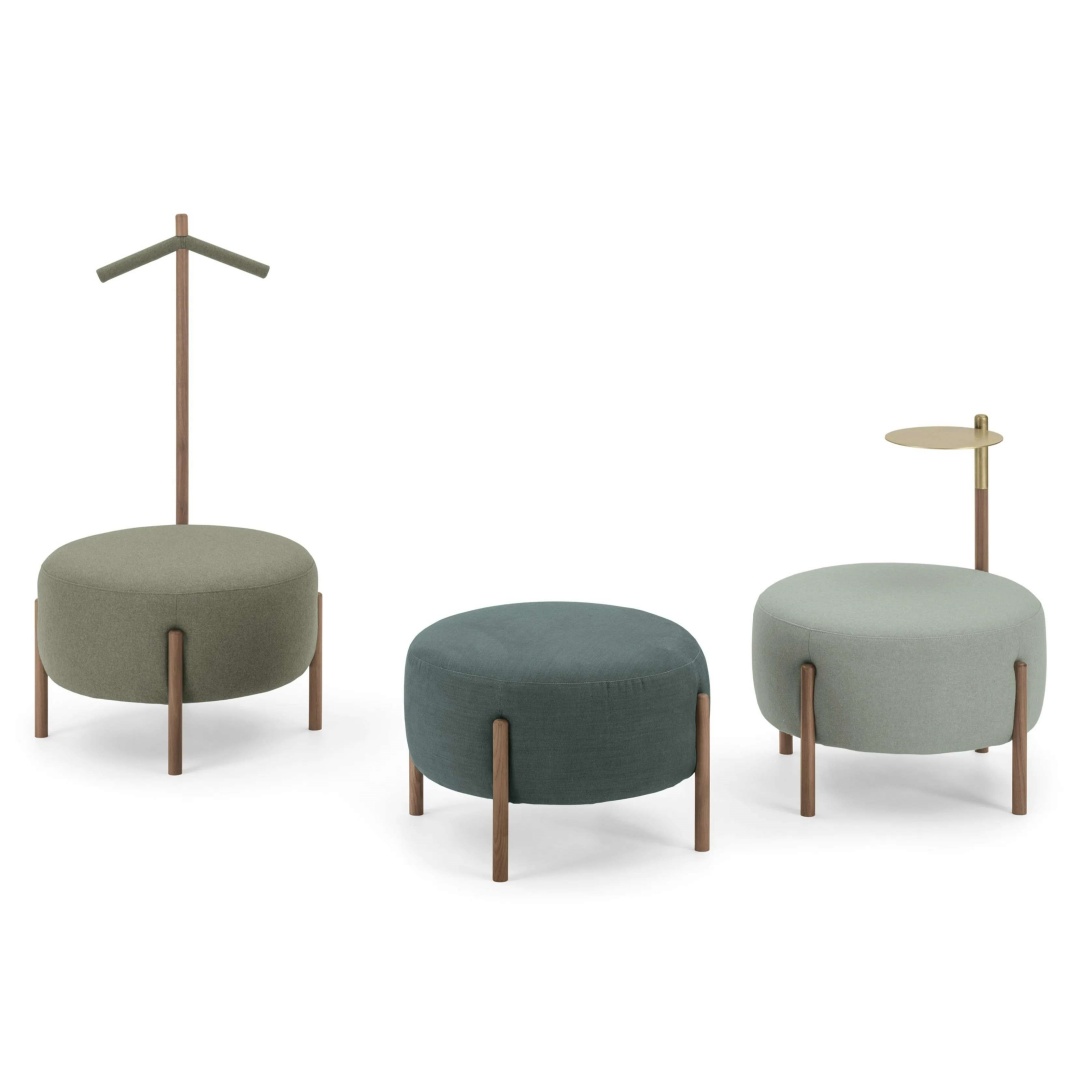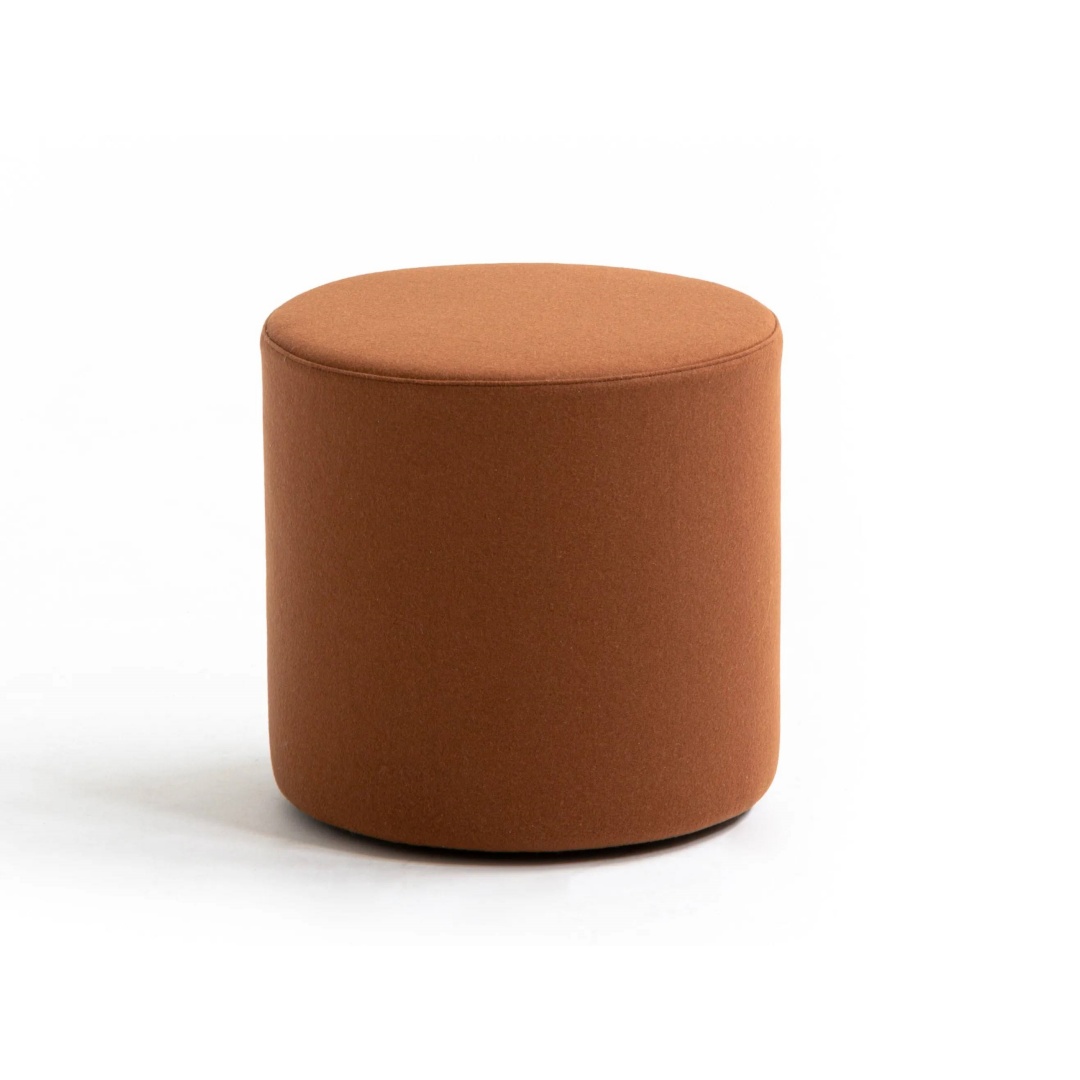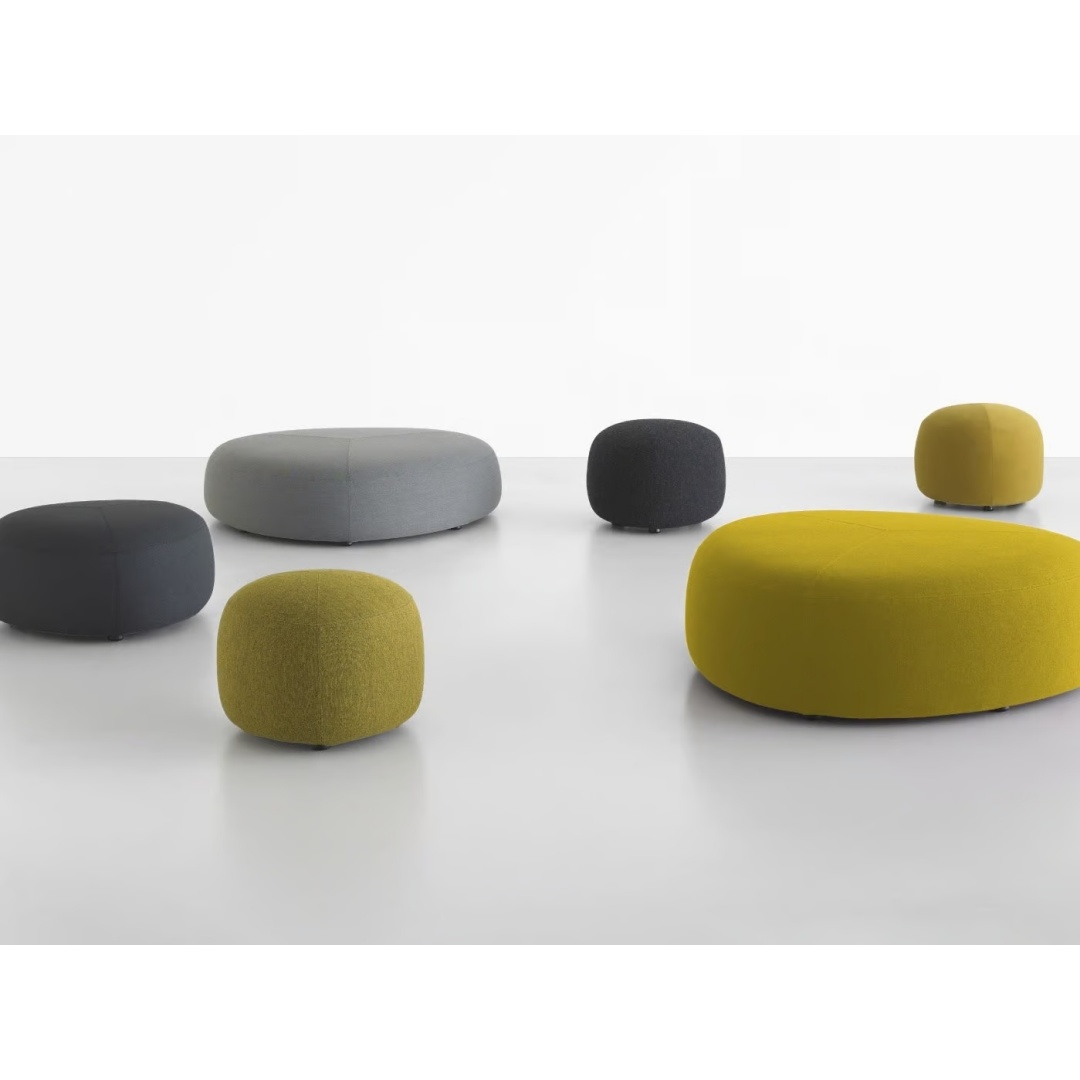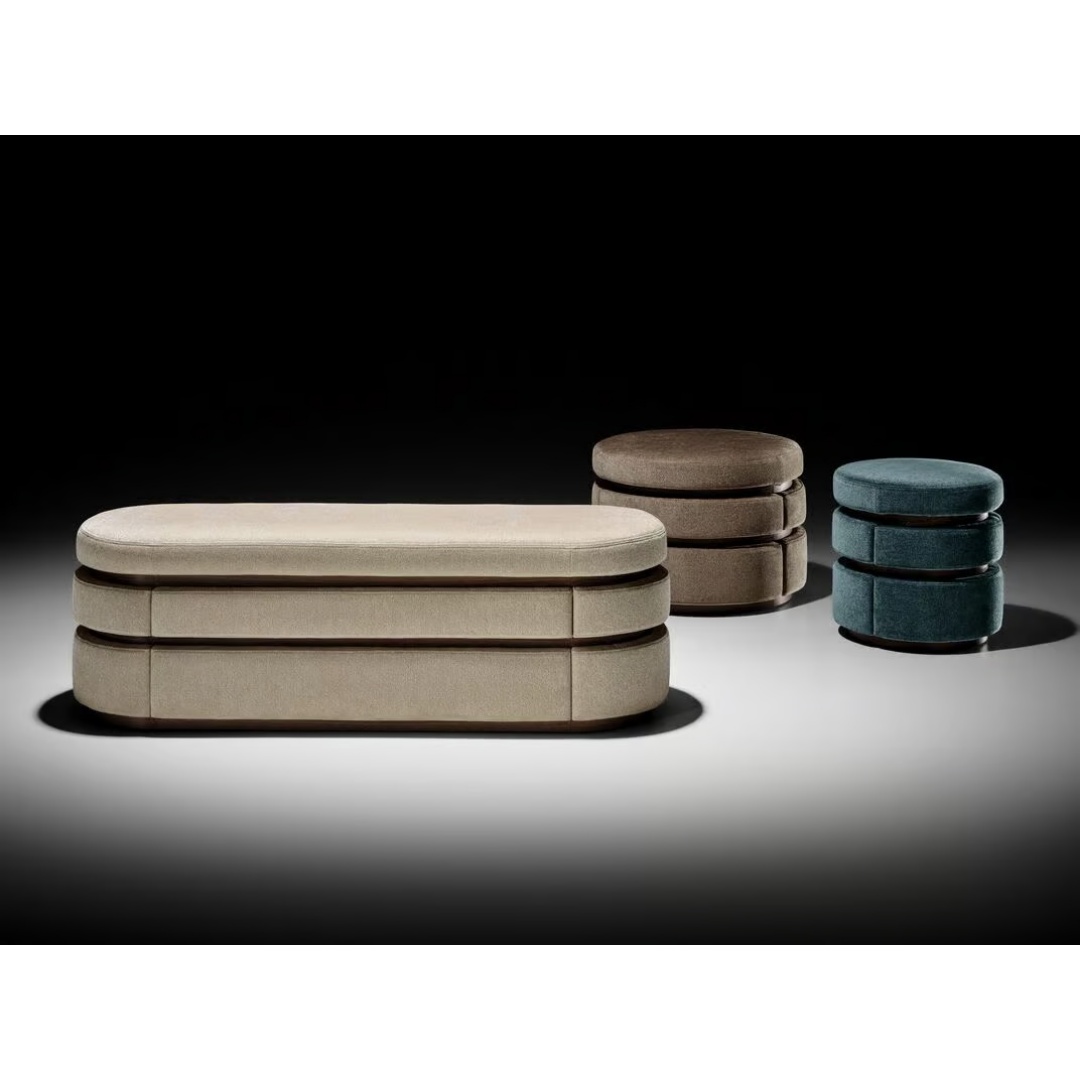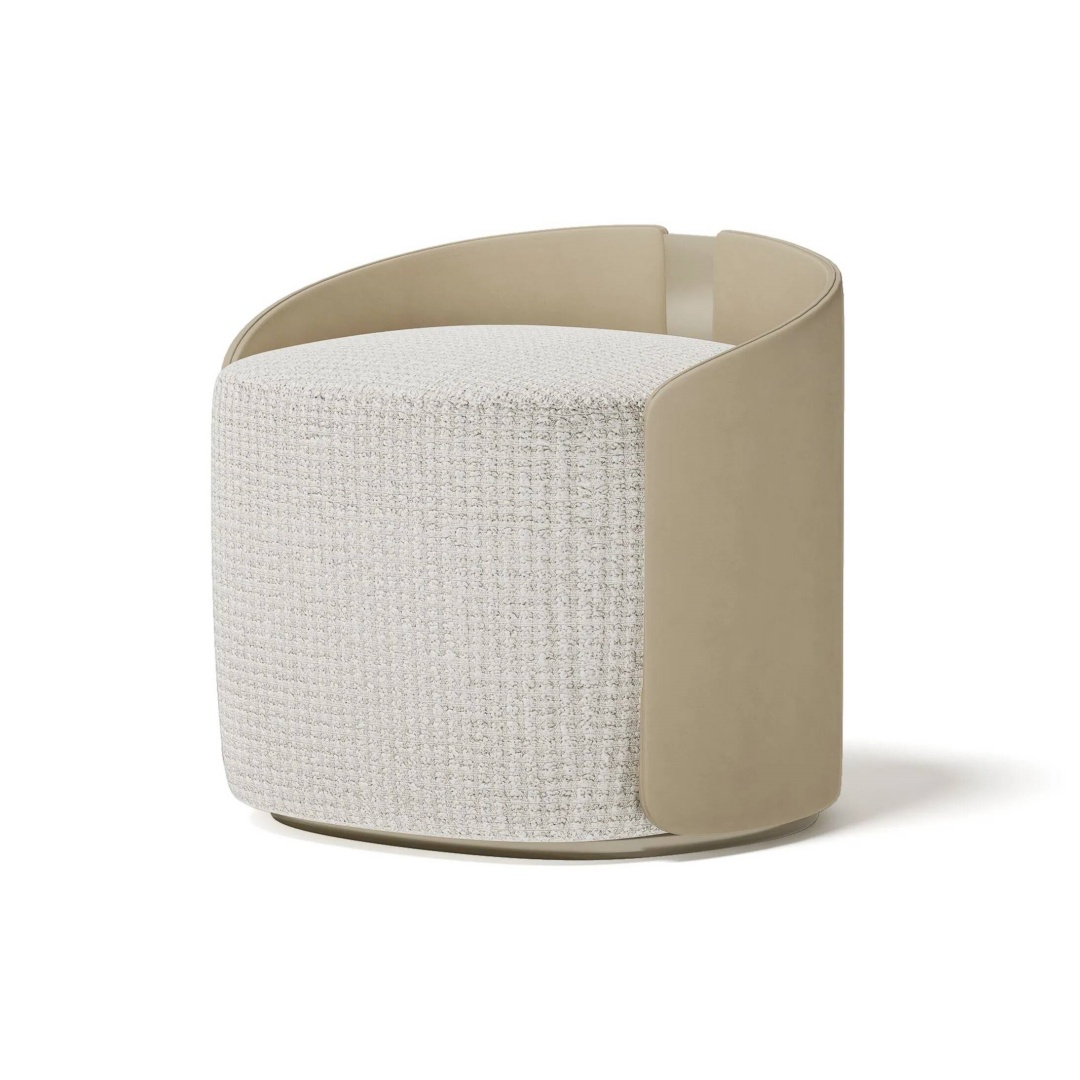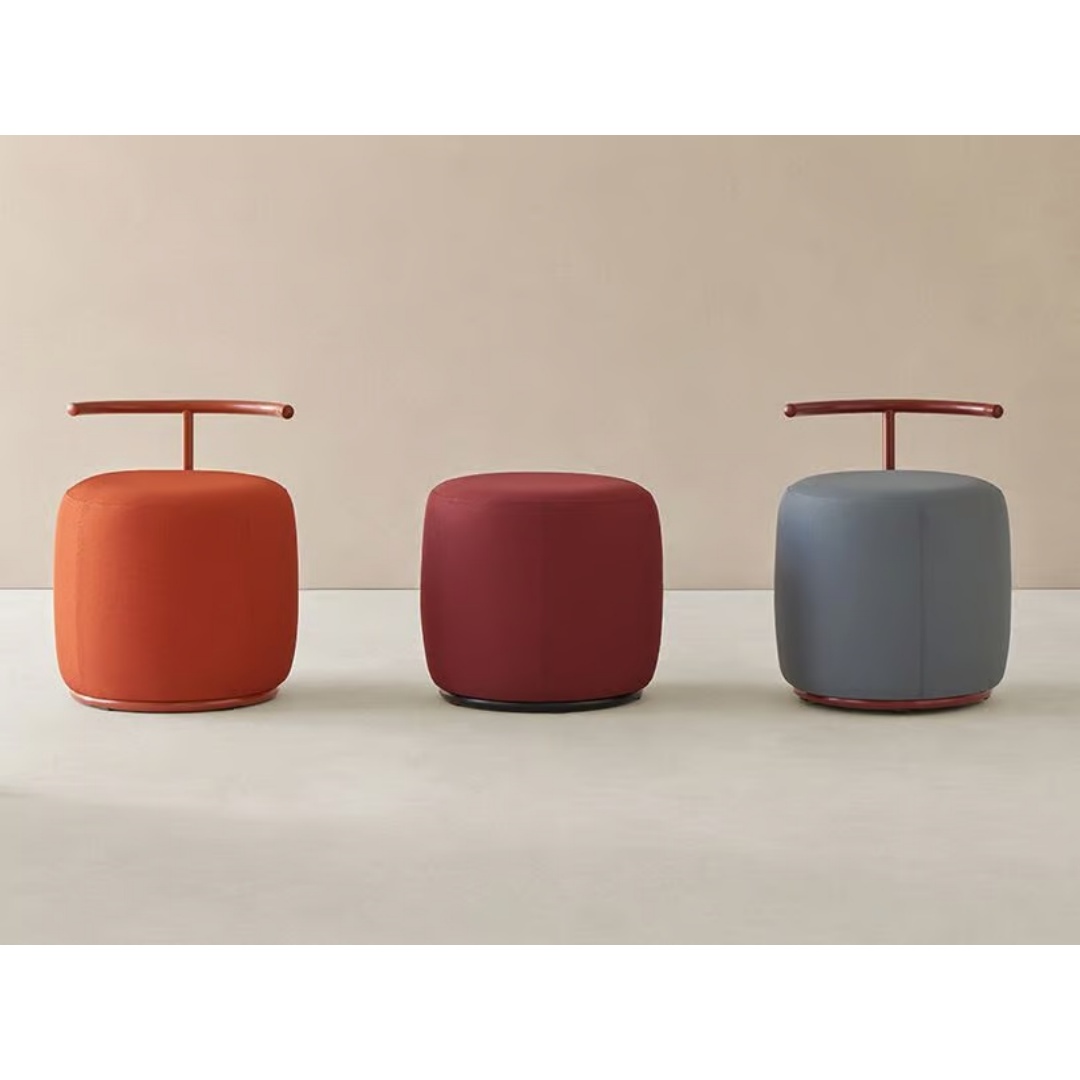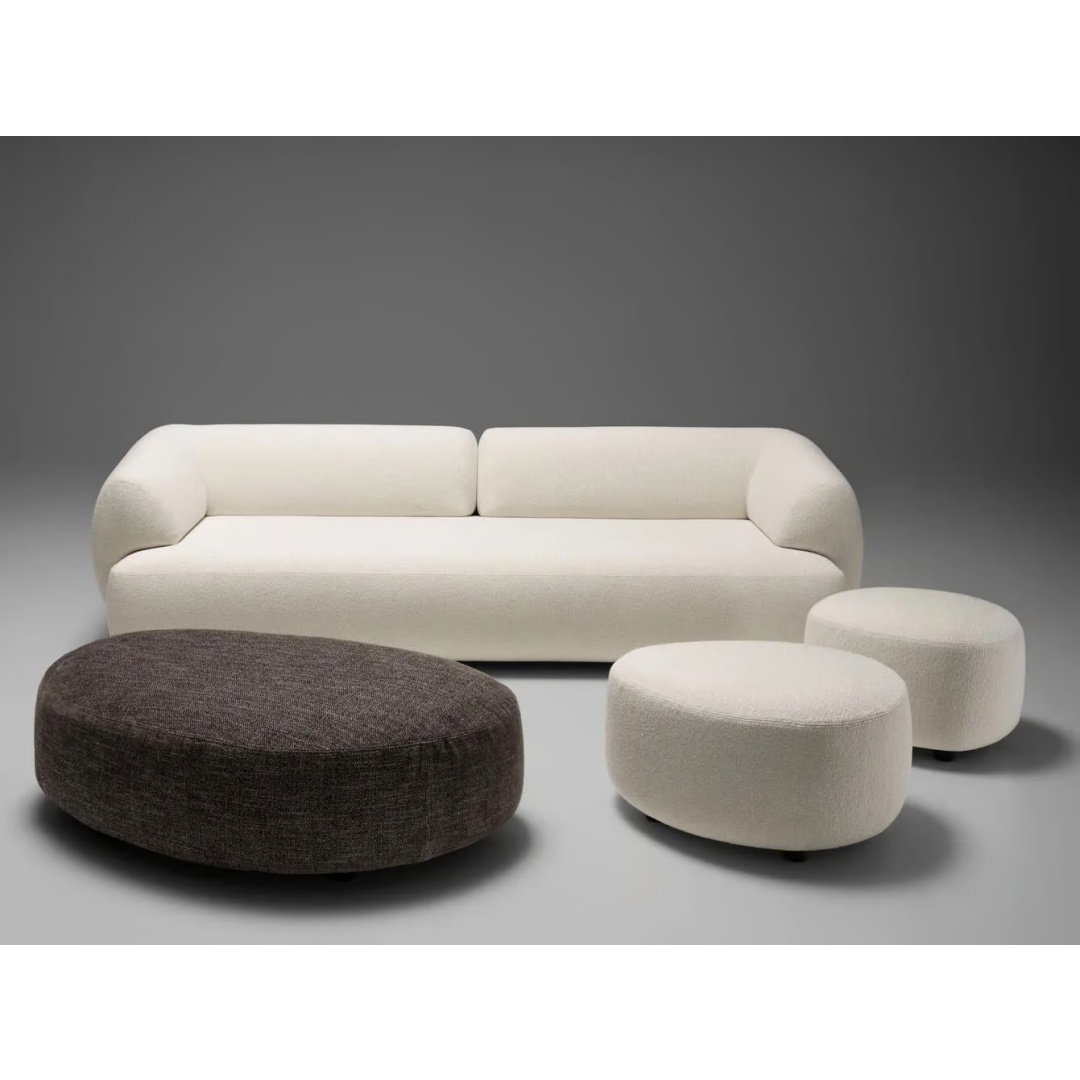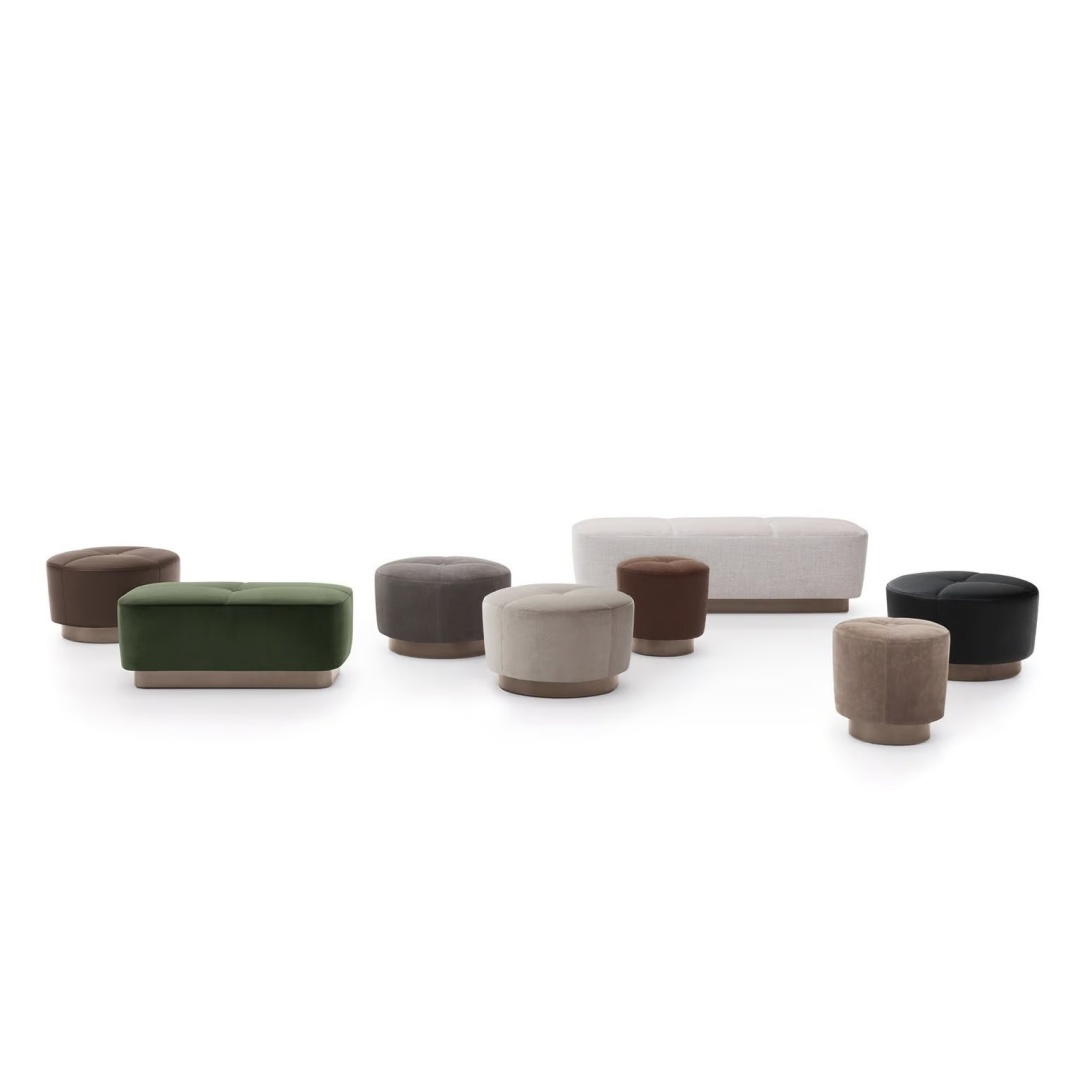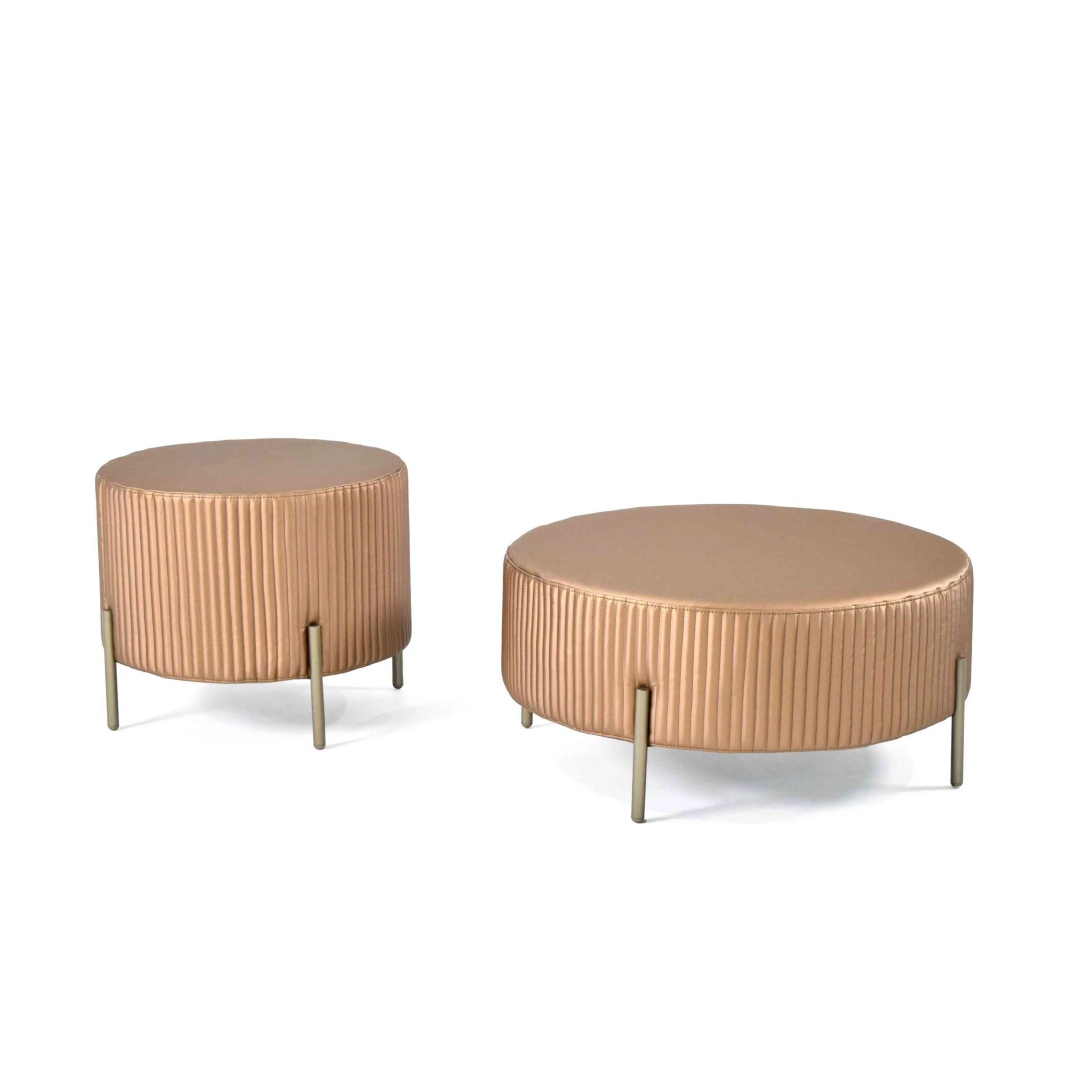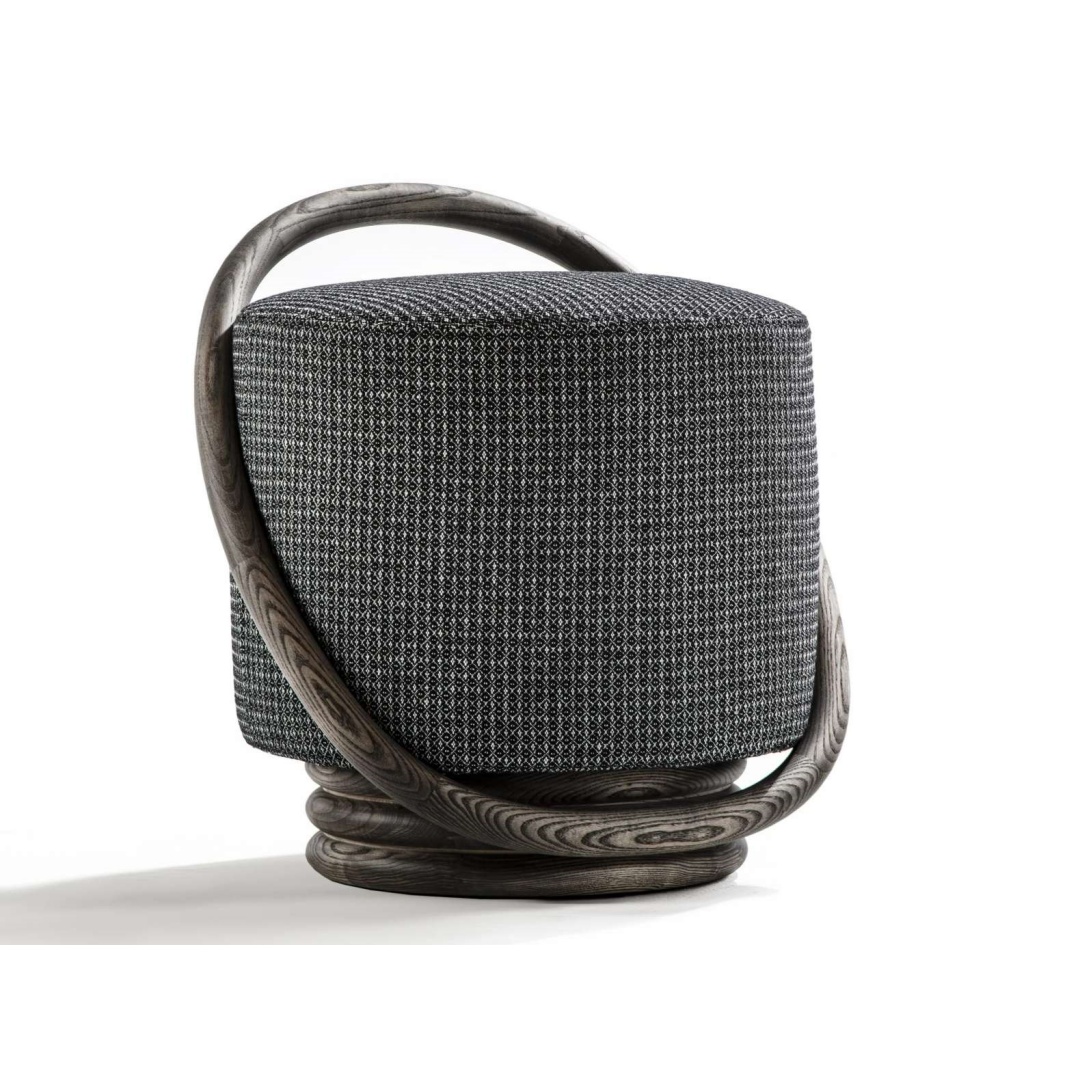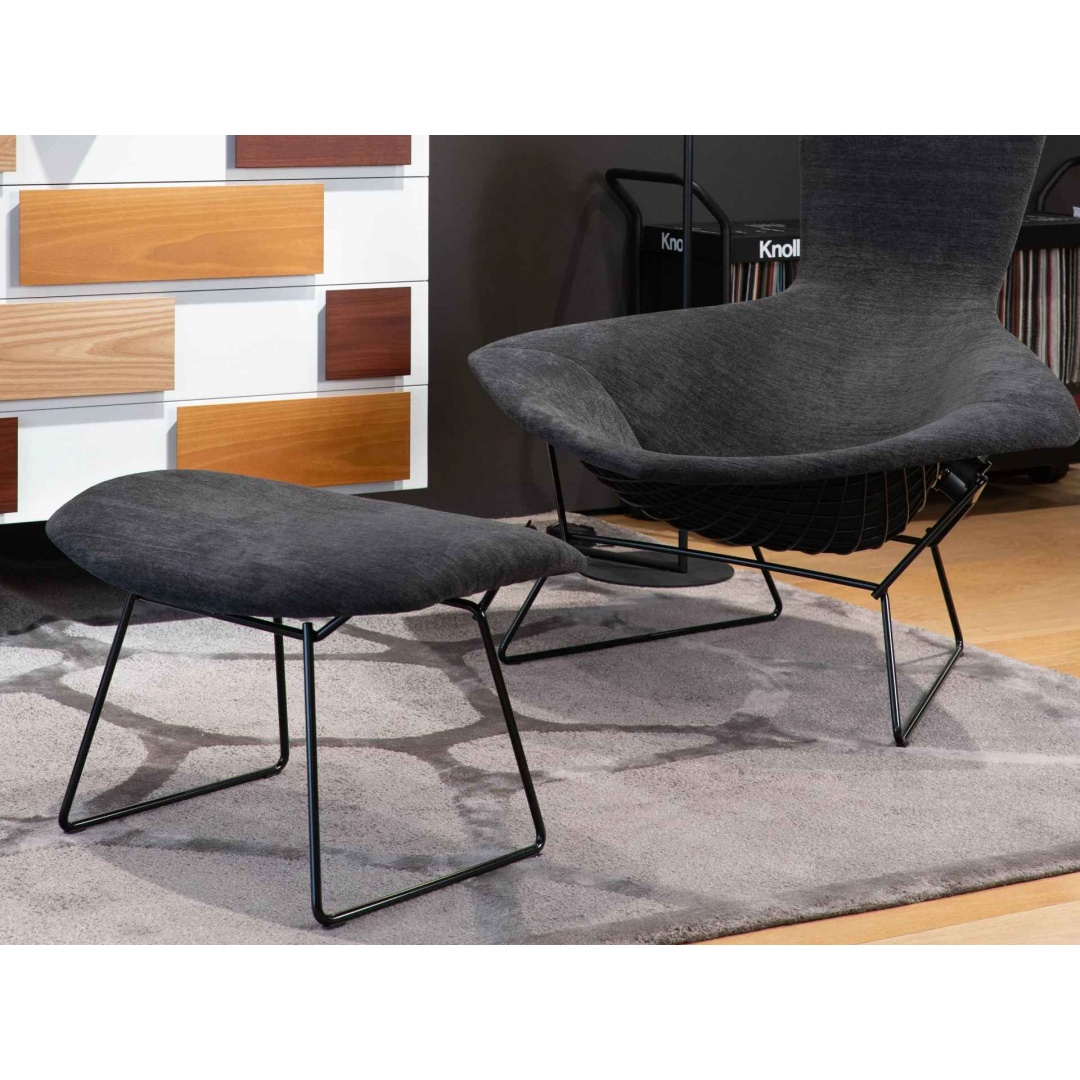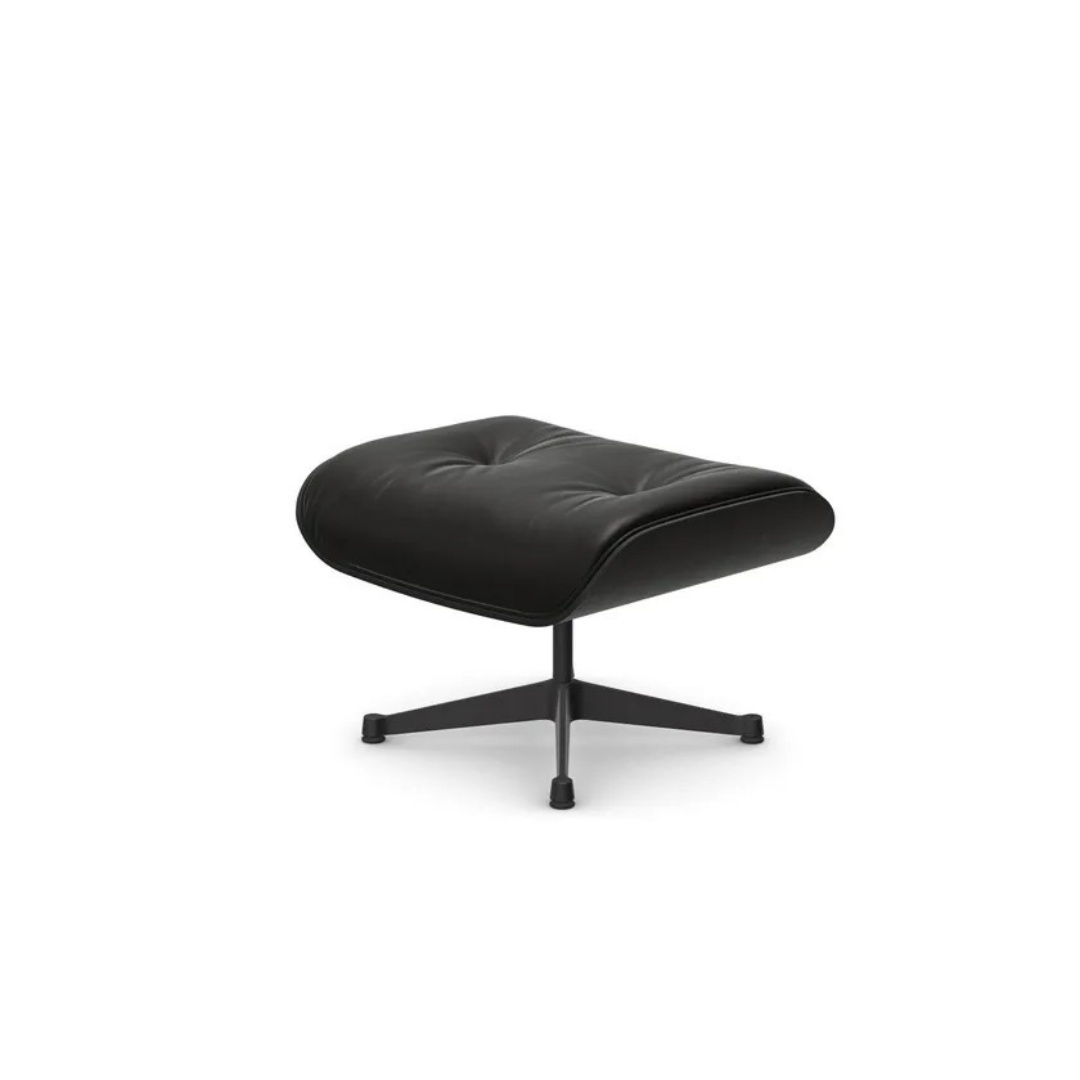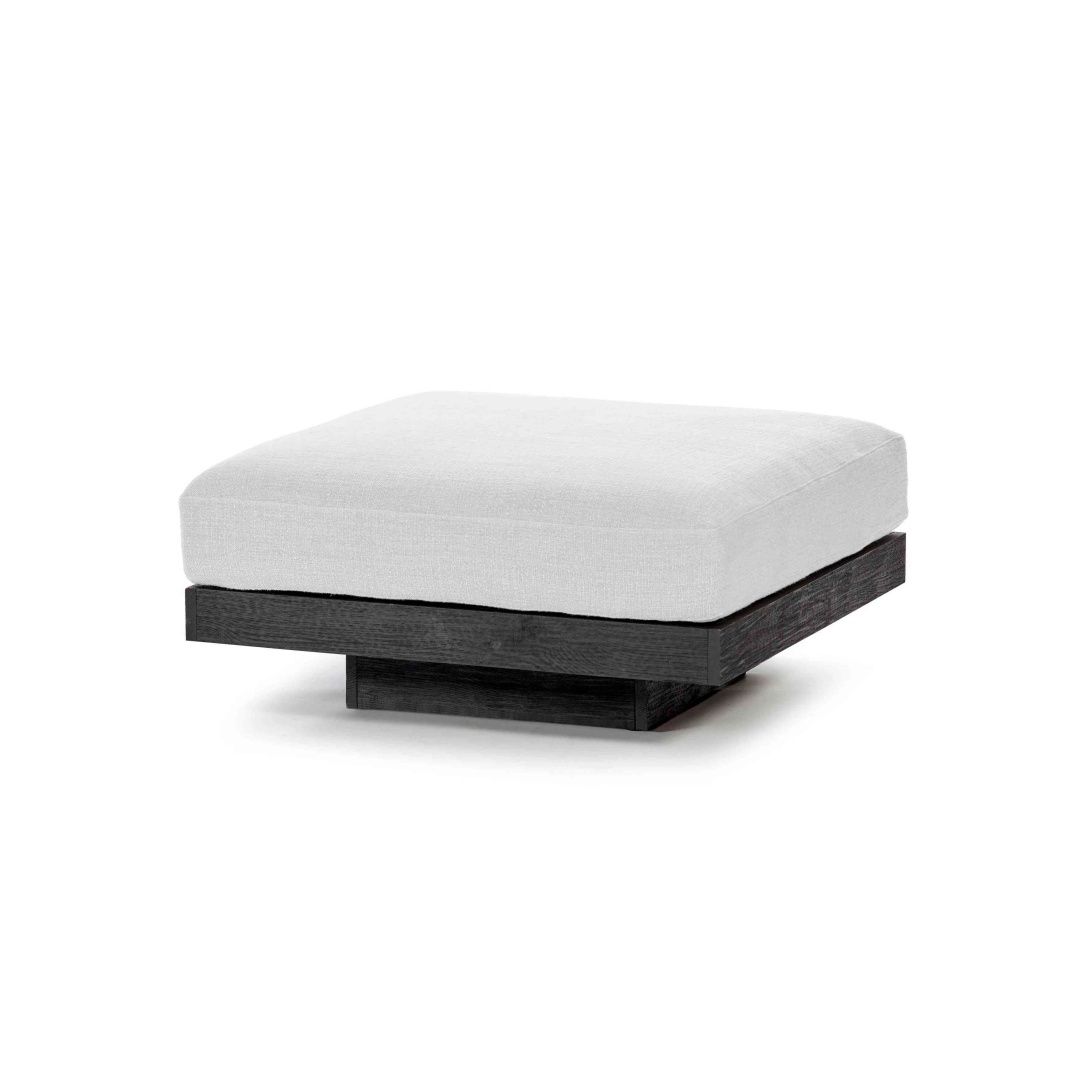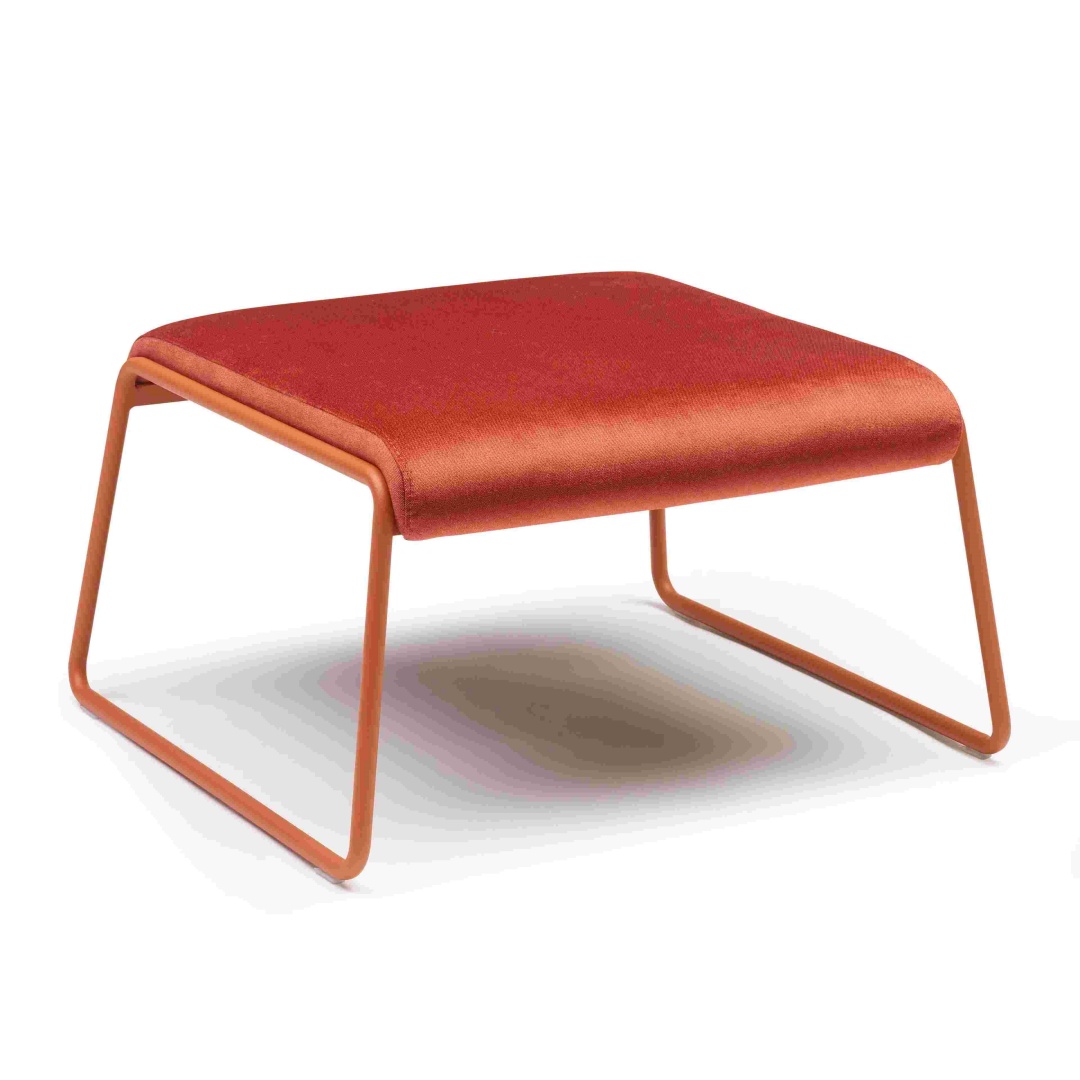How to choose materials for Hotel Room Furniture
Publish Time: 2025-04-23
In hotel design, selecting the right hotel room furniture is more than just choosing a bed and calling it a day. Every piece — from the headboard to the bedside table — must strike a balance between durability, aesthetics, and cost-efficiency. And at the heart of it all? Materials.
Here’s a breakdown of the most common furniture materials used in hotel rooms — and what you need to know before making a decision:

1. Solid Wood
Pros:
Luxurious, timeless appearance
Highly durable with proper maintenance
Each piece is unique due to natural grain
Cons:
Best For: Premium hotel suites, boutique resorts, and anywhere elegance meets endurance.
2. Engineered Wood (MDF / Plywood / Particleboard)
Pros:
Cost-effective and widely available
More resistant to warping than solid wood
Smooth surface for high-quality veneer finishes
Cons:
Best For: Mid-range hotel room furniture projects with a focus on design flexibility and budget control.
3. Glass & Mirror Finishes
Pros:
Modern, stylish, and makes rooms feel larger
Easy to clean
Pairs well with metal and wood
Cons:
Best For: Contemporary hotel interiors and accent pieces like writing desks, vanities, and wardrobes.
4. Metal (Stainless Steel / Powder-Coated Iron / Aluminum)
Pros:
Strong and highly durable
Fire-resistant and moisture-tolerant
Great for minimalist and industrial styles
Cons:
Best For: Supporting structures, chair frames, legs for desks, and wardrobe handles.
5. Upholstered Furniture (Fabric / Leather / Faux Leather)
Fabric Upholstery Pros: Soft, customizable, breathable
Leather Pros: Elegant, long-lasting, easy to clean
Faux Leather Pros: Budget-friendly, resistant to moisture
Cons: Fabric stains easily; leather requires care; faux leather may crack over time
Best For: Hotel beds, headboards, sofas, and accent chairs — combining comfort with aesthetic.
The STL Advantage
At STL Hotel Furnishing, we know how material choices affect not just cost but the guest experience. That’s why we offer a curated selection of hotel room furniture using solid wood, premium engineered panels, upholstered finishes, and metal accents — all tailored to your hotel’s style, budget, and usage needs.
We work closely with hotel designers, architects, and procurement managers to recommend the best materials based on your environment, climate, and brand identity.
Final Thought
Choosing hotel room furniture isn’t just about looks — it’s about performance. The right materials ensure your investment stays beautiful, functional, and guest-ready for years to come.
Let’s create guest rooms that impress at first sight and last long after checkout.



